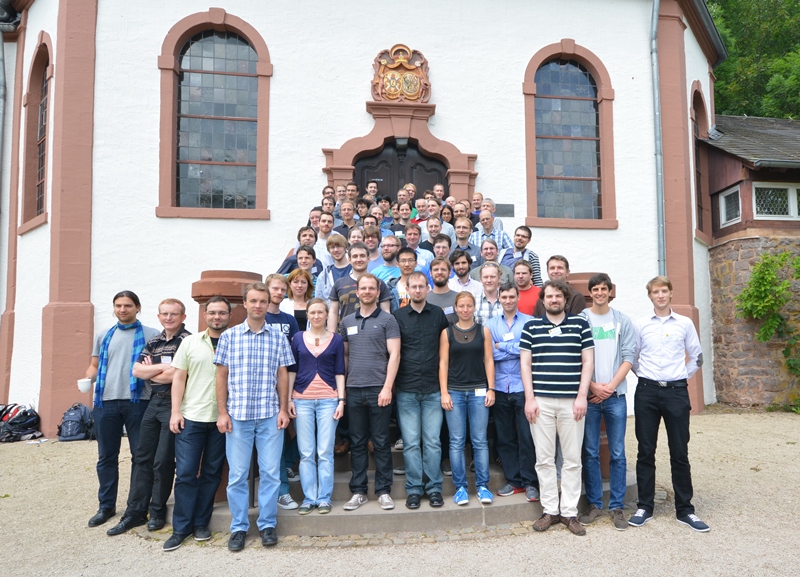Dr. Kiyoshi Kiyokawa visited CrossWorlds on december 11th and gave two very inspiring talks about Head Mounted Display Technologies for Augmented Reality and Future Directions of Augmented Reality Display Technologies. Besides the crossworlds team, the audience also included interested colleagues from other departments as well as many students.
We thank all helpers, especially for the catering and tech support. Furthermore a big thank you to the VR/ AR team members Peter Schulz, Florian Polster, Daniel Lohmeier von Laer and Jesper Bellenbaum.
?????????????
The MOOC with additional learning materials will be available as soon as possible. For further information please contact Crossworlds Member Steve Funke. Abstracts for the talks can be found after the jump.


